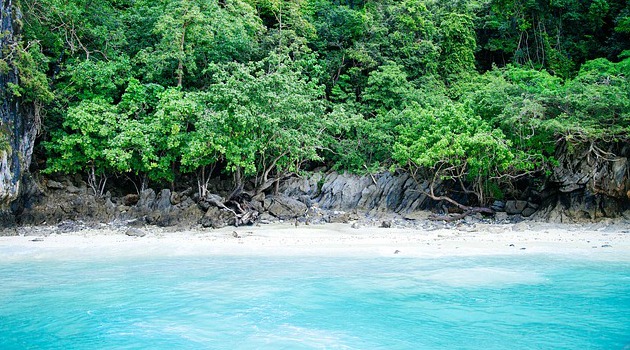
Researchers believe that more islands will certainly succumb to climate change with potential villages being destroyed and relocated.
The issue of rising sea levels due to ice loss in the Antarctic and Greenland has been a main point on the debate about climate change in recent years. Now the effects have reached the Pacific where five islands are thought to have been lost due to sea level rises and coastal erosion.
Researchers from the University of Queensland in Australia examined shorelines around the areas by studying aerial and satellite images from 1947 to 2015 as well as gathering local information and taking into account carbon dating of trees, according to The Telegraph.
What the team found was that several reef islands that make up the Solomon Islands have been completely submerged by rising sea levels with nearby inhabited islands having to be evacuated and villages relocated as a result.
“Here, we present the first analysis of coastal dynamics from a sea-level rise hotspot in the Solomon Islands,” said the study. “We have identified five vegetated reef islands that have vanished over this time period and a further six islands experiencing severe shoreline recession. Shoreline recession at two sites has destroyed villages that have existed since at least 1935, leading to community relocations.”
The worrying findings were published in the journal Environmental Research Letters and calls for international government funds and climate change campaigns to help with plans in relocation for those effected. The Green Climate Fund was set up by the United Nations with the purpose to help any countries affected by the results of climate change and the research team involved in the study believe that funds like these will be called into action much more in the future.
“These higher rates are in line with what we can expect across much of the Pacific in the second half of this century as a result of human-induced sea-level rise. Many areas will experience long-term rates of sea-level rise similar to that already experienced in Solomon Islands in all but the very lowest-emission scenarios.”

Leave a Reply